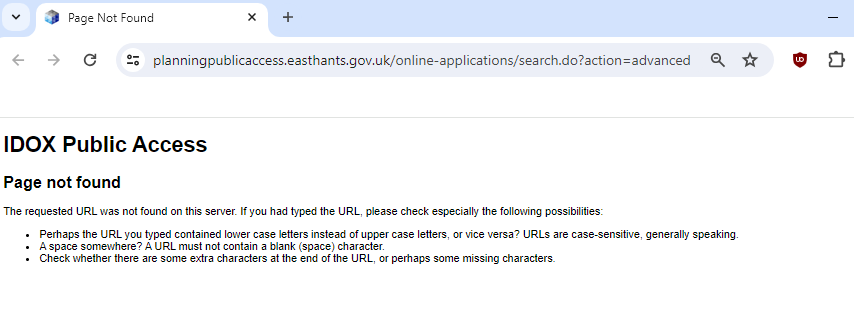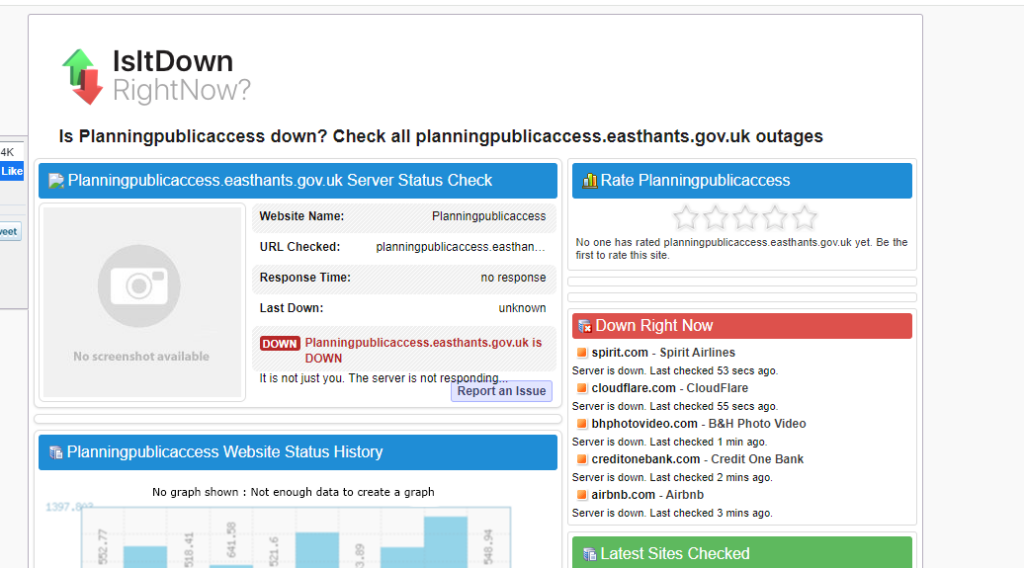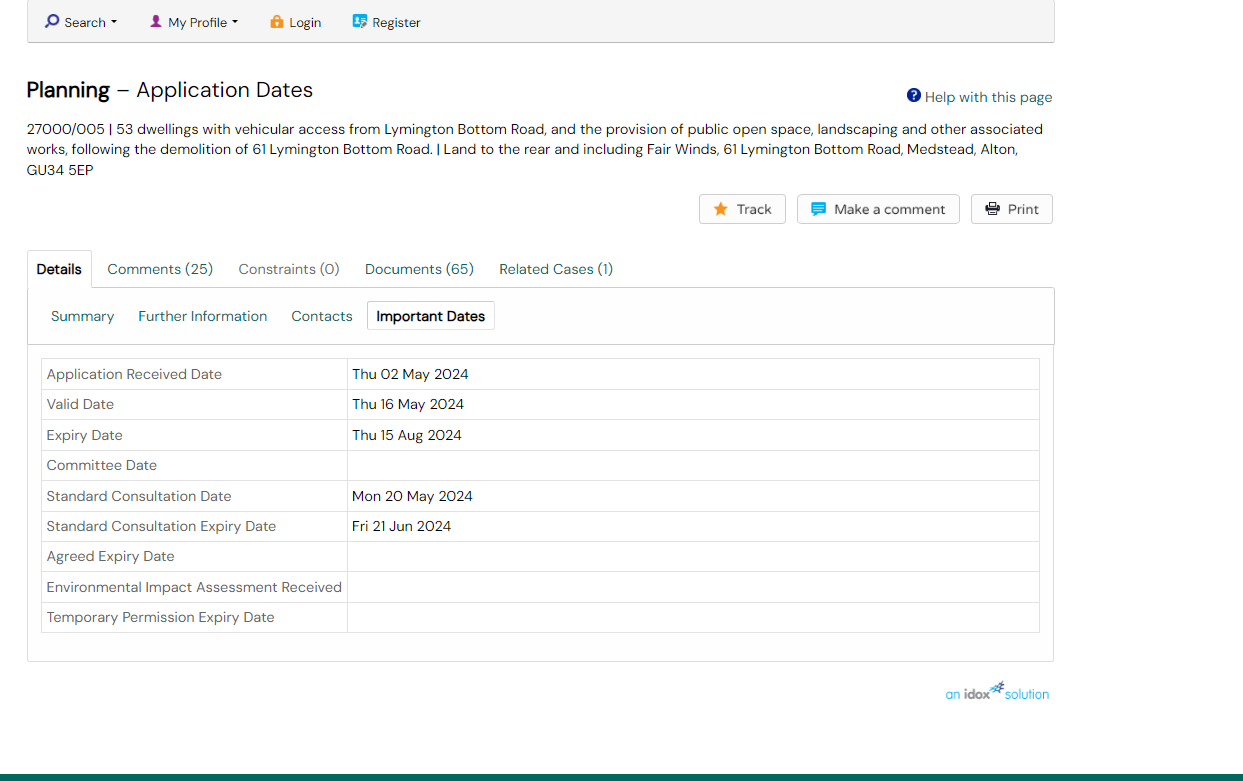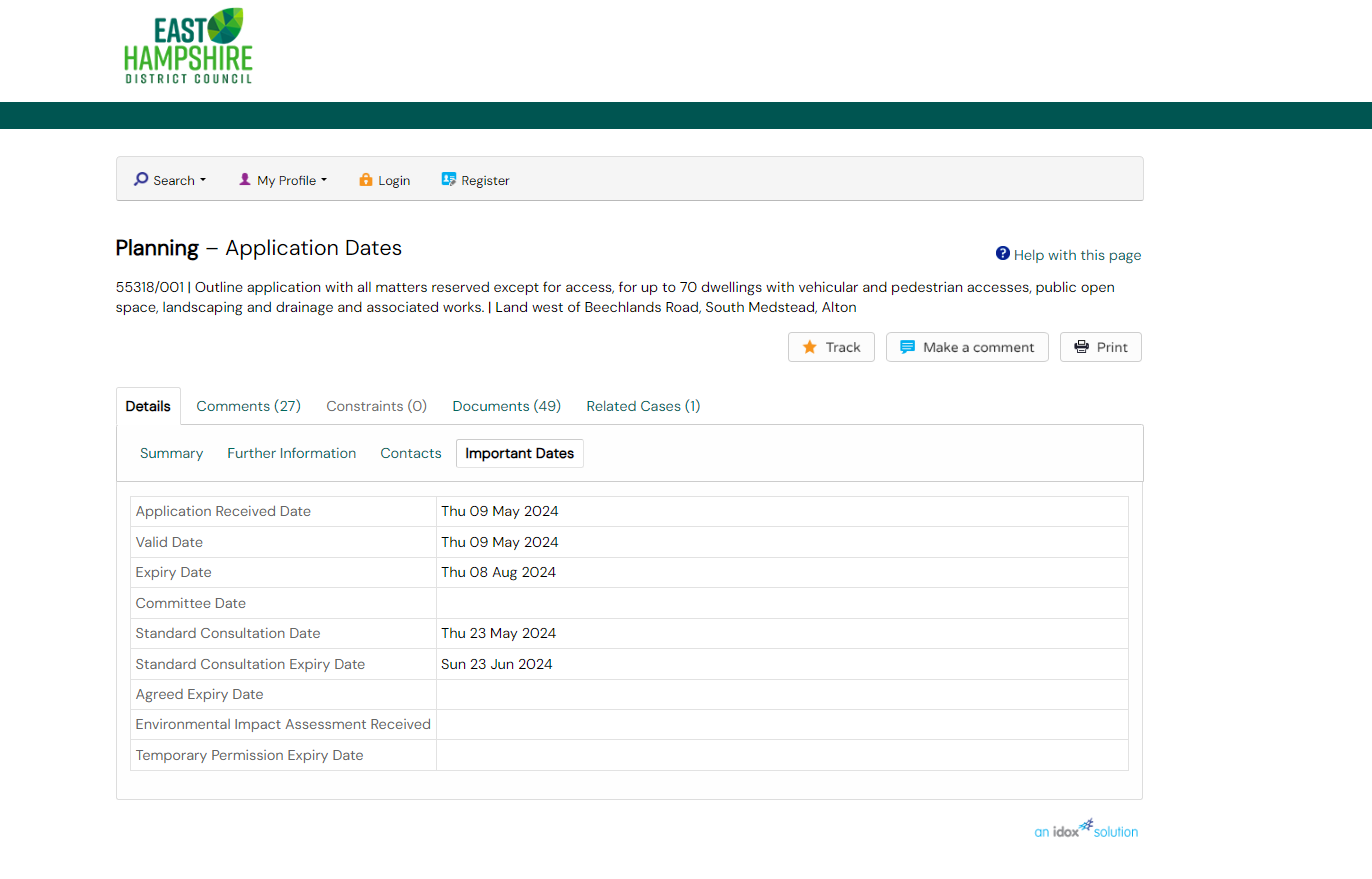Governmental policies and regulations play a significant role in shaping the accessibility of the housing market to different players, including smaller individuals or organizations. Policies that promote:
- land availability,
- support for self-build projects,
- incentives for affordable housing, and
- initiatives to facilitate community-led housing schemes
can help diversify the housing market and provide opportunities for smaller players to participate.
In the absence of supportive policies, the housing market has become increasingly dominated by large developers who possess the resources and capacity to navigate complex regulatory environments and capitalize on market demand.
This concentration of power among major developers exacerbates issues such as housing affordability, supply shortages, and the lack of diversity in housing options.
By implementing policies that promote competition, innovation, and inclusivity in the housing market, governments can help address these challenges and create a more balanced and sustainable housing ecosystem.
Encouraging initiatives that empower individuals or smaller groups to participate in housing development, such as self-build projects or cooperative housing models, can contribute to a more equitable distribution of housing opportunities and address the needs of diverse communities.
In the UK’s new housing development sector, transparency is often lacking for many.
In the UK, monopolies are generally not illegal per se. However, certain actions or behaviours associated with monopolies, such as abusing market dominance or engaging in anti-competitive practices, are prohibited under UK competition law.
Under UK competition law, businesses are prohibited from abusing a dominant market position, which could harm consumers or other businesses.
Having dormant companies and entering partnerships could potentially be used as a strategy to conceal anti-competitive practices, although it would depend on the specific circumstances and intent behind such actions.
Here are some ways in which dormant companies and partnerships could be used in this context:
- Market Segmentation: Companies may use dormant subsidiaries to enter into different market segments or geographic areas, allowing them to maintain dominance in certain markets without drawing attention to their overall market power.
- Collusion: Companies may form partnerships or joint ventures with competitors to engage in collusive behaviour, such as price-fixing or market allocation. Dormant companies could be used as vehicles for coordinating anti-competitive activities without attracting attention.
- Concealment of Market Dominance: A company with a dominant market position may create dormant subsidiaries or enter into partnerships with other firms to make its dominance less apparent. By spreading its activities across multiple entities, the company may seek to avoid scrutiny from regulators or competitors.
The UK faces a heightened risk of monopolistic practices in its housing market. When housing is scarce, demand often outstrips supply, leading to intensified competition among buyers and renters. In such scenarios, developers and landlords may wield greater influence over terms and prices, potentially stifling market competition.
Housing shortages can concentrate market power in the hands of a few major developers or landlords who control a significant share of available housing. This concentration may pave the way for monopolistic behavior, such as price-fixing or limiting consumer options.

Moreover, barriers to entry for new developers or landlords may be elevated due to factors like limited land availability, planning constraints, and soaring construction costs. This could solidify the positions of existing market players, making it challenging for newcomers to compete.
In times of housing scarcity, developers or landlords might be tempted to engage in collusion or price-fixing to uphold inflated prices or rental rates. Consequently, consumers may end up paying artificially high prices without the benefits of competitive pricing.
Hence, a national audit of the new housing market to scrutinise potential irregularities, including monopolistic practices, is imperative.
Such an audit would entail a thorough assessment of market dynamics, competition levels, pricing structures, and regulatory adherence to ensure fairness and transparency across the industry.
It stands as the primary means to assess the efficacy of current regulations and policies aimed at bolstering housing supply, fostering competition, and safeguarding consumer interests, thereby mitigating the risk of monopolistic behaviour in the housing sector.
By gradually expanding development in smaller increments over time, businesses or developers may seek to evade regulatory thresholds that would necessitate more extensive assessments or approvals, such as EIAs.
Just as organizations conduct root cause analysis to identify the primary contributors to defects, Planning authorities can and should conduct thorough assessments of national and local policies to pinpoint specific areas where improvements are most needed. This analysis can help streamline processes, eliminate redundancies, and enhance clarity and consistency in regulations.




















